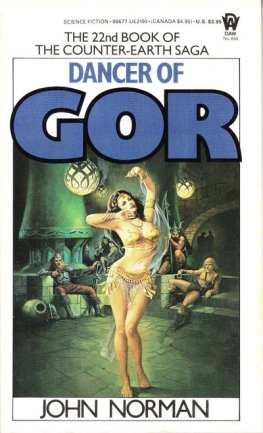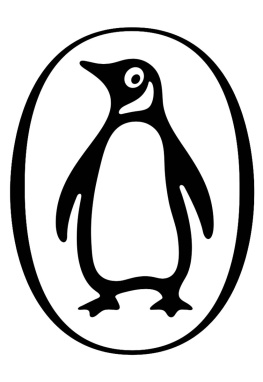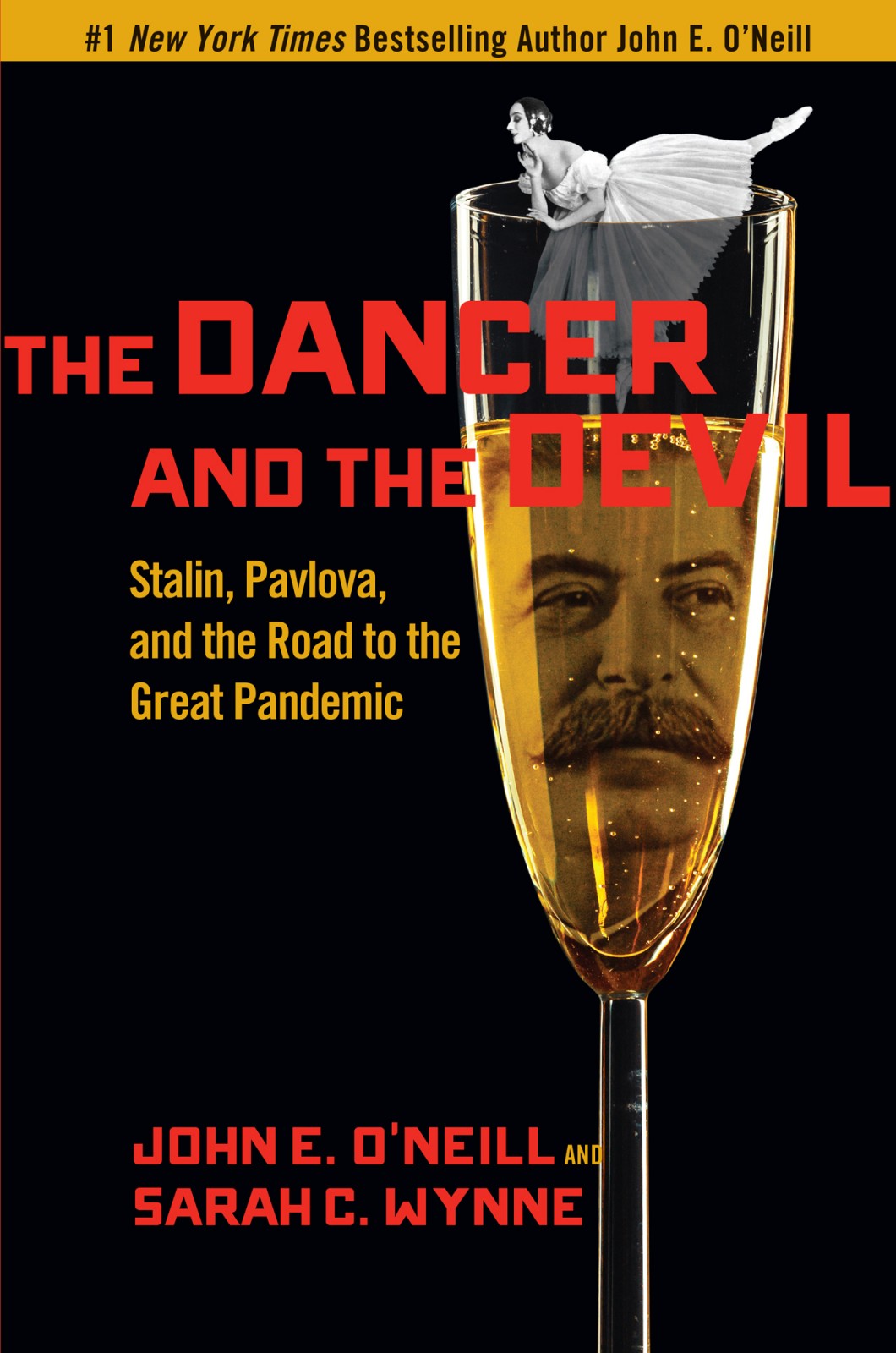#1 New York Times Bestselling Author John E. ONeill
The Dancer and the Devil
Stalin, Pavlova, and the Road to the Great Pandemic
John E. ONeill and Sarah C. Wynne
To Gareth Jones and Dr. Li Wenliang who gave their lives to report the truth, as well as to the millions of other victims of communism, known and unknown, from poison, disease, and other means. May God hold them one and all, including warmly our dear friends, in the hollow of his hand.
To our children and grandchildrenmay they grow up in the world of Anna Pavlova and Liu Xiaobo, not the world of Stalin, Putin, and Xi.
There are others from China and Russia who assisted in the creation, research, writing, and editing of this book. Because of the reach and ruthlessness of the Putin and Xi governments and the contents of this book, their names are not mentioned here. There would be no book, however, without them. They are truly (like Anna Pavlova, Gareth Jones, and Dr. Li Wenliang) what Emily Bront called chainless souls. Marxism, because of the hypocrisy implicit in an irrational system which claims to promote equality but actually ends in slavery and the rule of tyrants like Stalin, Putin, and Xi, necessarily requires deniable and anonymous weapons of death like poisons and bioweapons to eliminate opponents and truth tellers. And so, there are casualties in Marxisms century-long war on free thought. Artists, religious figures, writers, poets, actresses, and even dancers die inexplicably of mysterious causes or simply disappear forever. But standing aside history are always new free thinkers who will sacrifice their lives for the truth. God protect them one and all. Our thanks to them.
This is the story of brave souls who were lights illuminating the road to the great pandemic. Marxism could not debate or control them, so it killed them with deniable weapons. The story would not be known without these truth-tellers.
Yes, as my swift days near their goal:
Tis all that I implore;
In life and death a chainless soul,
With courage to endure.
Emily Bront, The Old Stoic
God is on your side? Is he a conservative? The Devil is on my side, hes a good communist.
Joseph Stalin to Winston Churchill
1943 Tehran Conference
As he was being taken to jail ostensibly for failing to report to Russian law enforcement while in critical condition from a Putin-directed poisoning, Russian reformer Alexei Navalny said, Putins only method is killing people. He pretends to be a great geopolitician [but] he will go down in history as a [miserable little] poisoner.
Alexei Navalny
February 3, 2021
For more than a year, the Chinese Communist Party (CCP) has systematically prevented a transparent and thorough investigation of the COVID-19 pandemics origin, choosing instead deceit and disinformation.
United States Department of State Fact Sheet
January 15, 2021
When Vice Premier Sun Chunlan visited [Wuhan] she was heckled. Some residents shouted Its all fake! from their apartment windows.
Wall Street Journal
January 22, 2021
CHAPTER ONE Pavlovas Candle in the Wind
The Dying Swan
T he Dying Swan is a four-minute solo dance which was choreographed by the great Russian dancer Mikhail Fokine with one ballerina in mind. That dancer was Anna Pavlova, still widely regarded as the greatest of all ballerinas, who performed The Dying Swan over four thousand times, from Paris to New York, from Mexico to Australia.
Grainy film from the silent era gives us a glimpse of Anna Pavlova on stage. As the swan, Pavlova raises her tremulous arms and gazes upward, as if begging the heavens for her life. Her arms wave and flutter, only for her to be pulled, time and again, to the ground by her failing body. A contemporary French critic wrote, faltering with irregular steps toward the edge of the stageleg bones quiver like the strings of a harpby one swift forward-gliding motion of the right foot to earth, she sinks on the left kneethe aerial creature struggling against earthly bonds; and there, transfixed by pain, she dies.
The Dying Swan touches the thin line between life and death, between the spiritual and the physical. It is to some a tragic funeral dance of death, to others a dance at the gate to resurrection. For Anna Pavlova, Fokine, and other Russian exiles, it became a way to memorialize the life they had known in their Russia, before the Bolshevik Revolution. By 1930, the performance had also become for these expatriates a way of grieving for a homeland in which so many friends, so many artists, and so many faceless millions were being shot or starved to death by the regime of Joseph Stalin.
It was also an act of resistance, both to commemorate those dead and to carry on the culture of the old Russia that Stalin labored to destroy at home and abroad. Anna and her coterie of Russian exiles knew that Stalins wrath did not end at the border. Around Europe, Russian artists, performers, and impresarios who had defied the regime by refusing summons to return to the Soviet Union were dying from mysterious causes. Healthy people, in the prime of their lives, were suddenly taking ill and dying within hours.
This book is more than a history of these exiled Russian artists and their persecution by Stalin. It is the examination of historical and current mysteries with the tools of the detective and an attorneys eye for evidence that seals guilt. More than once, Anna Pavlova told her friends that a sword of Damocles hung over her head. Just before Christmas, 1930, an audience packed into the Golders Green Hippodrome in London to watch Pavlova perform The Dying Swan. Pavlova likely also danced her own great ballet composition Autumn Leaves set to the music of Chopin, describing a beautiful flower killed by the evil North Wind.
It was to be the last public dance by historys greatest ballerina.
The Mysterious Death of Anna Pavlova
Pavlova died in the early morning hours of January 23, 1931, at age forty-nine. Hers was the first of many deaths of great diva celebrities in the twentieth centuryJean Harlow, Marilyn Monroe, Lady Dianaspectacles that left the public both enchanted and grieving. Though largely forgotten in popular memory today, the death of Anna Pavlova shocked the world.
Her death, as Churchills description of Russia itself, was a riddle, wrapped in a mystery, inside an enigma. Pavlova had been in Paris for several days rehearsing for her 1931 tour of European countries and the United States. Too weak to speak further, she raised her hand as if making the sign of the cross, and died.
On the following night, true to her companys promise and her command, the show went on before a weeping audience. Annas part was played by no one; a spotlight followed her marks on the stage. And when Annas signature Dying Swan was played with the spotlight shining where she should have stood, the audience, led by the king and queen of Belgium, was moved to tears. Royals and commoners stood as one, openly crying.
The death of Anna Pavlova was front-page news all over the worldexcept in the Soviet Union, which earnestly ignored the fact that the most famous daughter of Russia had just died. Her sudden death was mysterious enough to provoke a Dutch police investigation, which yielded nothing except the clearing of her husband who had been in London when she first became ill.
Pavlovas London mansion, Ivy House, and her costumes were auctioned off to the highest bidder. Famous for populating her estates lake with swans, Anna had a favorite: her devoted swan Jack who loved Anna, fiercely guarded her, and was often photographed with her at Ivy House. He disappeared after Annas death. Anna passed into legend, the subject of a biography by the great ballerina Margot Fonteyn and an inspiration to a legion of little girls, including Audrey Hepburn. From time to time, dancers and admirers of many nations find their way to Ivy House. They leave flowers and notes. Even now, nearly ninety years after her exit, the great, now legendary, Pavlova is invariably included in lists of historys greatest dancersusually at the top.











